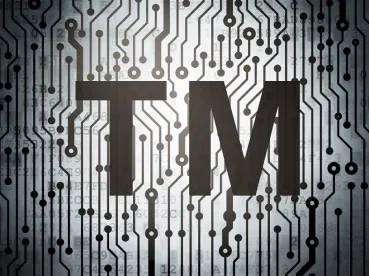The US Court of Appeals for the Seventh Circuit reversed and remanded a district court decision, finding that the defendant’s attempt to have a trademark infringement lawsuit dismissed at the pleading stage based on an acquiescence defense was too early, and that the factual underpinnings of the defense required further development. Hyson USA, Inc. v. Hyson 2U, LTD, Case No. 14-3261 (7th Cir., May 16, 2016) (Sykes, J).
Hyson USA suffered a financial setback in 2012 and was forced to suspend operations. The owner of Hyson USA, Leonid Tansky, began working for Karolis Kaminskas, a former employee, at Kaminskas’s newly formed company, Hyson 2U. Hyson 2U operated in much the same way as Hyson USA had operated. Hyson USA transferred to Hyson 2U its branded inventory and equipment, and leased its warehouse space to Hyson 2U.
In 2014, Hyson 2U fired Tansky. Tansky subsequently resumed business at Hyson USA and filed a lawsuit asserting infringement of the “Hyson” trademark by Hyson 2U. The defendant argued that Hyson USA had acquiesced to Hyson 2U’s use of the disputed mark. The district court agreed and dismissed the complaint.
A defense of acquiescence prevents the trademark owner from impliedly permitting another’s use of its mark, then attempting to enjoin that use after the junior user has invested substantial resources to develop the mark’s goodwill. To prove acquiescence, a defendant must establish three elements:
-
The senior user actively represented that it would not assert a right or a claim.
-
The senior user’s delay between the active representation and the assertion of the right or claim was not excusable.
-
The delay caused the defendant undue prejudice.
Applying the test to the dispute, the Seventh Circuit concluded that “Hyson USA’s complaint does not unambiguously establish the affirmative defense of acquiescence.” The Court noted that even though (1) Hyson USA had transferred its branded inventory and equipment to Hyson 2U, (2) Hyson USA knew that Hyson 2U was using its mark, and (3) Tansky worked for Hyson 2U for about 17 months before he was fired, there were “no allegations that Hyson USA or Tansky made any active representations, by word or deed, that they would not assert a right or claim regarding the Hyson trademark.” Because the other two elements of the test cannot support a finding of acquiescence alone, the Court did not discuss those elements.
The Seventh Circuit noted that acquiescence “is not ordinarily susceptible to resolution at the pleading stage. . . . The defense requires a qualitative examination of the parties’ words and conduct and an equitable evaluation of the length of the delay and the degree of prejudice to the defendant if the trademark owner’s rights are enforced,” and “that kind of analysis generally requires a factual record.”



 />i
/>i
